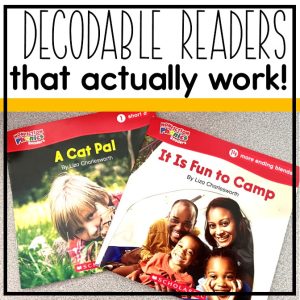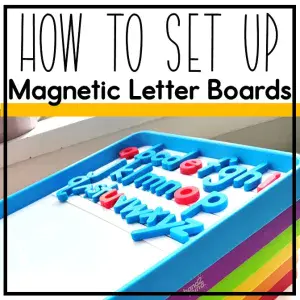As a former 2nd-grade teacher, current reading intervention specialist, and mom of two growing readers, I’ve seen firsthand how powerful decodable texts can be. In the classroom, they help build confidence and fluency. At home? They’ve become a regular part of our bedtime routine—right alongside Oliver Jeffers and Jory John. Spoiler: My kids actually asked for them.
Why Decodable Readers Are Kind of a Big Deal 🍎
Remember when “balanced literacy” was all the rage? Well, the pendulum has officially swung, and structured literacy has entered the chat. And honestly… it’s about time.
Here’s the thing: if we’re going to teach phonics explicitly and systematically (like the Science of Reading tells us to), we can’t just hand students any old book and hope for the best. We need reading material that actually matches the skills we’re teaching — enter decodable readers.
The trick is finding the right ones—books that follow a strong phonics sequence, don’t break the bank, and don’t make you question your life choices by page three. I’ve tested a bunch and narrowed it down to the ones that are affordable, classroom-friendly, and actually get read.
What Makes a Good Decodable
Not all decodable readers are created equally. So, what makes a decodable reader “good”? Here are some of the factors I look for before adding one to my small group table, or home collection.
🔤 Follows a Clear Phonics Scope and Sequence
- Limits words to those students have been explicitly taught
- Introduces phonics patterns in a logical, cumulative order
- Aligned with your curriculum or structured literacy approach
👀 Low Load of Irregular or “Heart” Words
- Keeps tricky words to a minimum
- Irregular words are introduced intentionally and repeated often
- Includes a word list or preview of heart words for teacher/parent support
🧠 Supports Comprehension, Not Just Decoding
- Sentences still make sense (no “Dan had a tan van that ran” on every page)
- Includes simple plots or characters kids can connect with
- Encourages retelling or discussion, even in short texts
📖 Engaging Enough to Hold a Child’s Attention
- Relatable or silly storylines
- Clear, age-appropriate illustrations that support the text
- Just enough repetition to build confidence—not drive you (or them) bananas
🏫 Realistic for Classroom or Home Use
- Short enough to finish in one sitting
- Durable (or printable) for repeated use
- Easy to store and organize by skill
💵 Doesn’t Require a Grant to Afford
- Reasonably priced per book or available digitally
- Bonus points for printable versions or free access to samples
- Doesn’t require a whole program purchase just to get started
My Favorite Affordable Decodables
Finding quality decodables can be tricky! They may say they are decodable, but they include too many different patterns at once. Or, they can also be very expensive. If your school has the funds to purchase, that’s great. But, as a classroom teacher on a budget, you need affordable (or free!) options. All of the decodable texts below I have personally used as a classroom teacher and reading specialist.
📚 Flyleaf
Price: FREE online access (the physical books are $$$)
Phonics focus: from letter sounds/nasal a to multi-syllabic words
Best for: K-4th
Why I love it: The wide range of skills is fantastic! I had a 3rd grader who entered school not knowing all his letter sounds. We started with the very first book in the set, and he felt successful. He said he loved reading, and “I am Sam” was his favorite book. While the physical books are pricey (worth it for a school purchase!), having access to all of them online is fantastic! You can project for your whole class/group, or students can use a device to read at school or home.
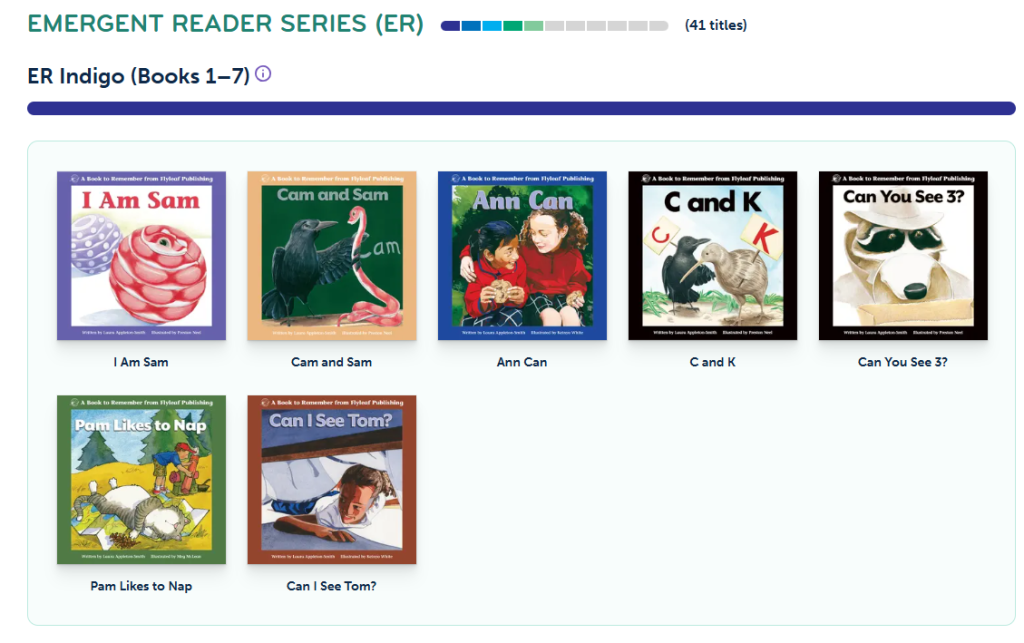
📚 Scholastic Nonfiction Readers
Price: $20 for 25 books
Phonics focus: Set 1: short vowels and blends Set 2: digraphs and long vowels
Best for: 1st-3rd
Why I love it: It is SO hard to find quality nonfiction decodables. I love the photographs and topics of these books. They are a perfect length and lend themselves to a lot of discussion and vocabulary building.
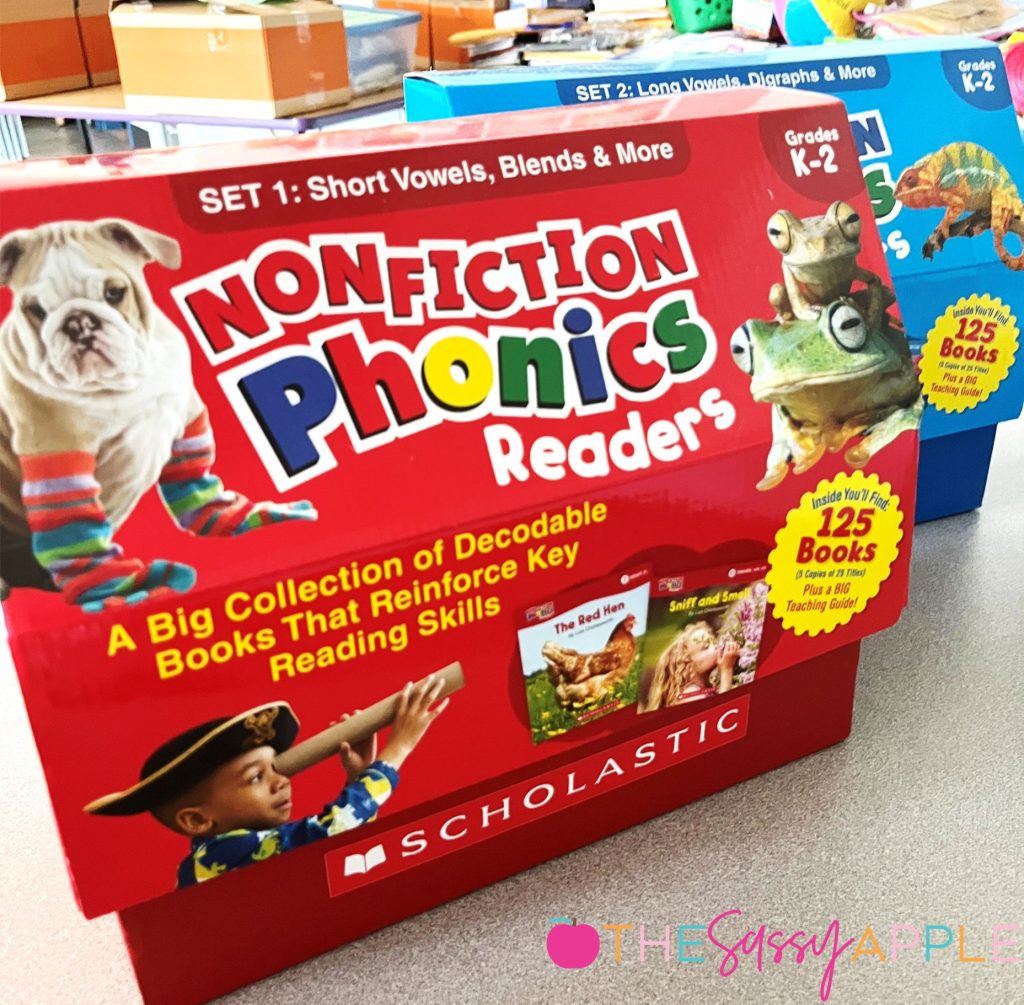
📚 UFLI Passages
Price: FREE
Phonics focus: K-2 Phonics Scope & Sequence of Skills
Best for: 1st-3rd grade
Why I love it: I’m a big fan of real books, but sometimes a printable passage can be just as effective. These are perfectly aligned with the UFLI Scope and Sequence. They are great to underline or highlight the focus skill. I love that we can use them in school and then send home to reread for extra practice.
📚 Starfall Short Vowel Pals
Price: $19.95 for 16 books
Phonics focus:
Best for:
Why I love it: These are my favorite recommendations for families who want books to help their child at home. They are actually what I used to help my own children learn how to read. They are very simple and short, which avoids frustration for early readers. I love how there are several options for each short vowel and they very slightly increase in complexity.
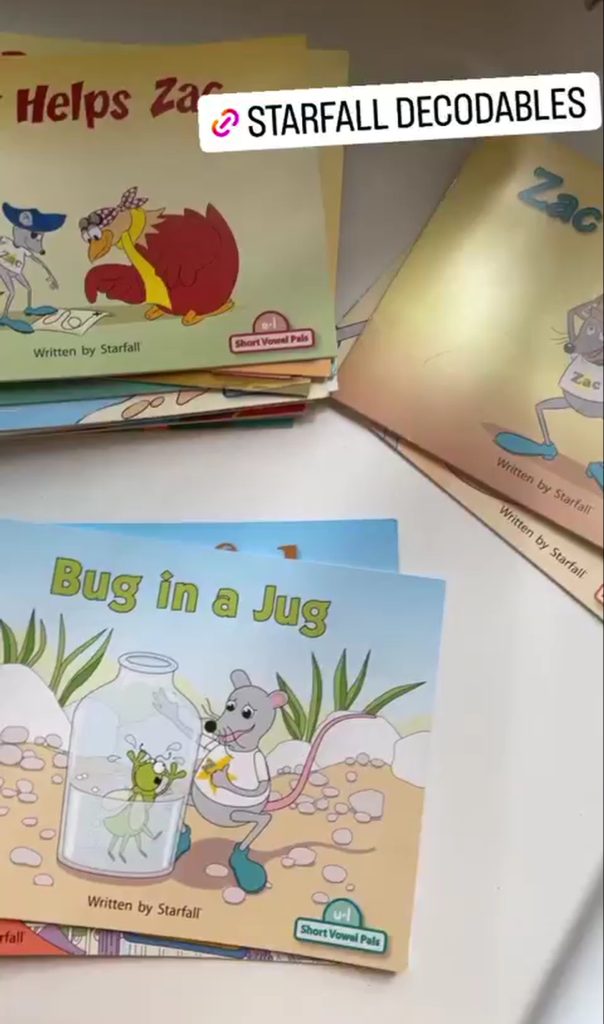
Why Decodables are Important
Decodables give students the chance to apply what they’ve learned in context. Instead of guessing or memorizing words, they’re actually sounding them out and building confidence one word at a time. It’s like giving them training wheels for reading — they get to practice balancing all those new phonics skills without totally wiping out.
And here’s the kicker: when students read decodable texts that align with their phonics instruction, they start to see themselves as real readers. That sense of “I can do this!” is pure magic — and it’s what keeps them coming back for more.
So no, decodable readers aren’t just a fad or a box to check. They’re an essential piece of the structured literacy puzzle — helping students connect the dots between what they’re taught and what they can actually do.

